Health and Safety Regulations
The Commercial Ice Equipment And Supplies Market is also shaped by stringent health and safety regulations that govern food and beverage operations. Compliance with these regulations necessitates the use of high-quality ice equipment that meets specific hygiene standards. In 2025, it is expected that regulatory bodies will continue to enforce guidelines that require regular maintenance and sanitation of ice machines, thereby driving demand for reliable and efficient equipment. This trend compels businesses in the food service industry to invest in advanced ice-making technologies that not only produce ice but also ensure its safety for consumption. Consequently, manufacturers in the Commercial Ice Equipment And Supplies Market are likely to prioritize the development of equipment that adheres to these regulations while enhancing operational efficiency.
Increased Focus on Sustainability
The Commercial Ice Equipment And Supplies Market is increasingly influenced by a growing focus on sustainability and environmental responsibility. As businesses strive to reduce their carbon footprint, there is a rising demand for energy-efficient ice-making equipment that minimizes water and energy consumption. In 2025, it is anticipated that the market for eco-friendly ice machines will expand, driven by both consumer preferences and regulatory pressures. Companies are likely to seek out equipment that not only meets their operational needs but also aligns with their sustainability goals. This trend may lead to innovations in the design and functionality of ice machines, as manufacturers in the Commercial Ice Equipment And Supplies Market respond to the call for greener solutions.
Rising Demand in Food and Beverage Sector
The Commercial Ice Equipment And Supplies Market is experiencing a notable surge in demand, primarily driven by the food and beverage sector. As restaurants, bars, and cafes expand their operations, the need for high-quality ice production equipment becomes increasingly critical. In 2025, the food service industry is projected to grow at a rate of approximately 4.5%, which directly correlates with the rising demand for commercial ice equipment. This growth is further fueled by the increasing consumer preference for chilled beverages and ice-based products, leading to a heightened requirement for reliable ice-making machines and storage solutions. Consequently, manufacturers in the Commercial Ice Equipment And Supplies Market are likely to innovate and enhance their product offerings to meet the evolving needs of this dynamic sector.
Technological Innovations in Ice Production
The Commercial Ice Equipment And Supplies Market is witnessing a wave of technological innovations that enhance ice production efficiency and quality. Advancements in automation and smart technology are enabling ice machines to operate with greater precision and reduced energy consumption. In 2025, it is projected that the integration of IoT (Internet of Things) in ice-making equipment will become more prevalent, allowing for real-time monitoring and maintenance alerts. This shift towards smart ice machines not only improves operational efficiency but also aligns with the growing emphasis on sustainability within the industry. As a result, manufacturers in the Commercial Ice Equipment And Supplies Market are likely to invest in research and development to create cutting-edge products that cater to the needs of modern food service operations.
Expansion of Hospitality and Entertainment Venues
The Commercial Ice Equipment And Supplies Market is significantly influenced by the expansion of hospitality and entertainment venues. As hotels, resorts, and entertainment complexes continue to proliferate, the demand for commercial ice equipment is expected to rise correspondingly. In 2025, the hospitality sector is anticipated to witness a growth rate of around 5%, which will likely necessitate the installation of advanced ice-making systems to cater to the needs of guests. This trend is particularly evident in regions with a high influx of tourists, where the availability of ice is crucial for beverage service and food preservation. As a result, suppliers in the Commercial Ice Equipment And Supplies Market may focus on developing energy-efficient and high-capacity ice machines to accommodate the increasing volume of ice required by these establishments.


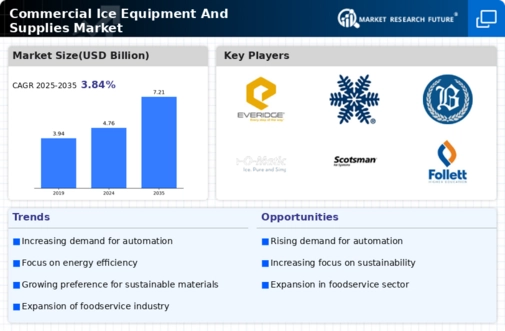
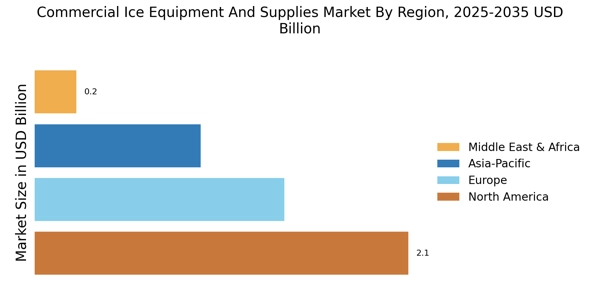
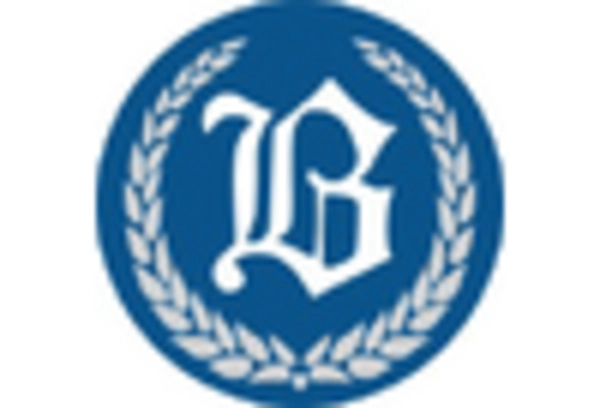
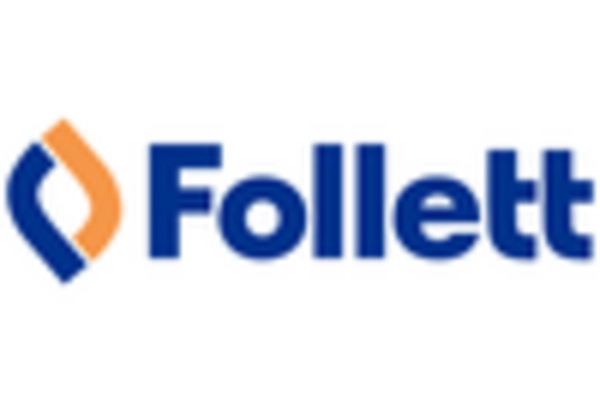
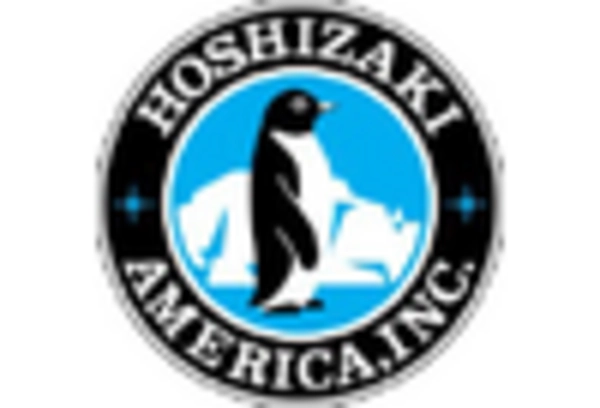


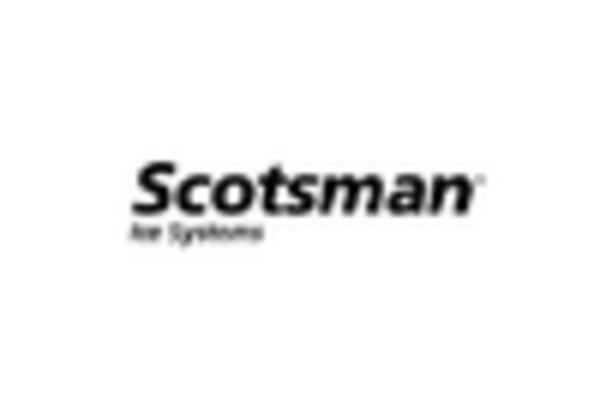








Leave a Comment